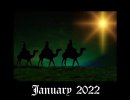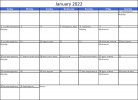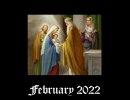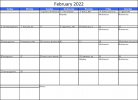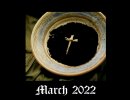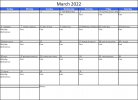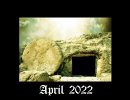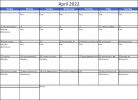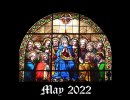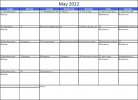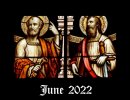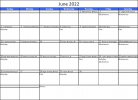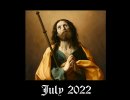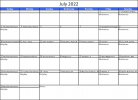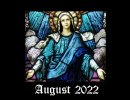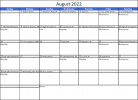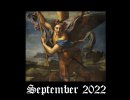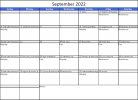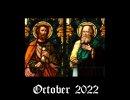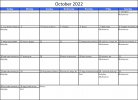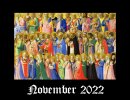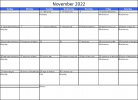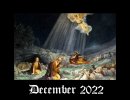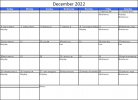- Joined
- Jul 23, 2015
- Messages
- 16,856
ETA: I have come across information strongly indicating papal claimants long before Benedict XIV were false. That makes this calendar obsolete, and leaves more unanswered questions than before. Posting for disclosure's sake.
People have probably noticed in my sig from time to time that I will announce that business is closed on certain days. Well today being January first, I am closed today as well. The reason is my obligation per my faith, which I have disclosed here, and here.
This serves to explain why I do not discuss business on these days, nor work in the shop, go to the store, buy online, etc. Most people have been considerate and understanding regarding this matter, and in the interest of transparency, I am sharing the calendar I follow here as a reference, just in case I neglect to make the announcement in my sig, which has happened from time to time. This will serve to explain why I may not reply immediately to business related messages. Rest assured, I try to get to them at my earliest convenience.
It has taken me a few years of prayer, study and research to get this Calendar together, and it reflects what I believe is the Catholic discipline binding on the faithful as of the time of 1758, when a pivotal event took place with regard to the hierarchy of the Church. In short, Pope Benedict XIV, whom I believe was a valid Vicar of Christ on earth until that time, committed an act that denied Christ and the Church, and thus he forfeited his status as pope, and became at that point a usurper, and a hireling to be fled, rather than the successor of St. Peter. This is not the position I have always held, but an evolution of my search for truth, and to date it seems to me the position most tenable and consistent with what I believe to be true Biblical and Christian principles. I believe that since that time, every man who has held himself out as a pope has also been a successor, not of Peter, but of the usurpation and heretical fall from grace of Benedict XIV.
At that time (and thus, I believe, since that time even to this day), the geographical regions of Canada, and the North Eastern United States were part of the Diocese of Québec. Days listed on the calendar as "Holyday" are those I have discovered to have been observed as such in that diocese at that time, hence my observation of them today. The calendar follows below:
People have probably noticed in my sig from time to time that I will announce that business is closed on certain days. Well today being January first, I am closed today as well. The reason is my obligation per my faith, which I have disclosed here, and here.
This serves to explain why I do not discuss business on these days, nor work in the shop, go to the store, buy online, etc. Most people have been considerate and understanding regarding this matter, and in the interest of transparency, I am sharing the calendar I follow here as a reference, just in case I neglect to make the announcement in my sig, which has happened from time to time. This will serve to explain why I may not reply immediately to business related messages. Rest assured, I try to get to them at my earliest convenience.
It has taken me a few years of prayer, study and research to get this Calendar together, and it reflects what I believe is the Catholic discipline binding on the faithful as of the time of 1758, when a pivotal event took place with regard to the hierarchy of the Church. In short, Pope Benedict XIV, whom I believe was a valid Vicar of Christ on earth until that time, committed an act that denied Christ and the Church, and thus he forfeited his status as pope, and became at that point a usurper, and a hireling to be fled, rather than the successor of St. Peter. This is not the position I have always held, but an evolution of my search for truth, and to date it seems to me the position most tenable and consistent with what I believe to be true Biblical and Christian principles. I believe that since that time, every man who has held himself out as a pope has also been a successor, not of Peter, but of the usurpation and heretical fall from grace of Benedict XIV.
At that time (and thus, I believe, since that time even to this day), the geographical regions of Canada, and the North Eastern United States were part of the Diocese of Québec. Days listed on the calendar as "Holyday" are those I have discovered to have been observed as such in that diocese at that time, hence my observation of them today. The calendar follows below:
Last edited:

